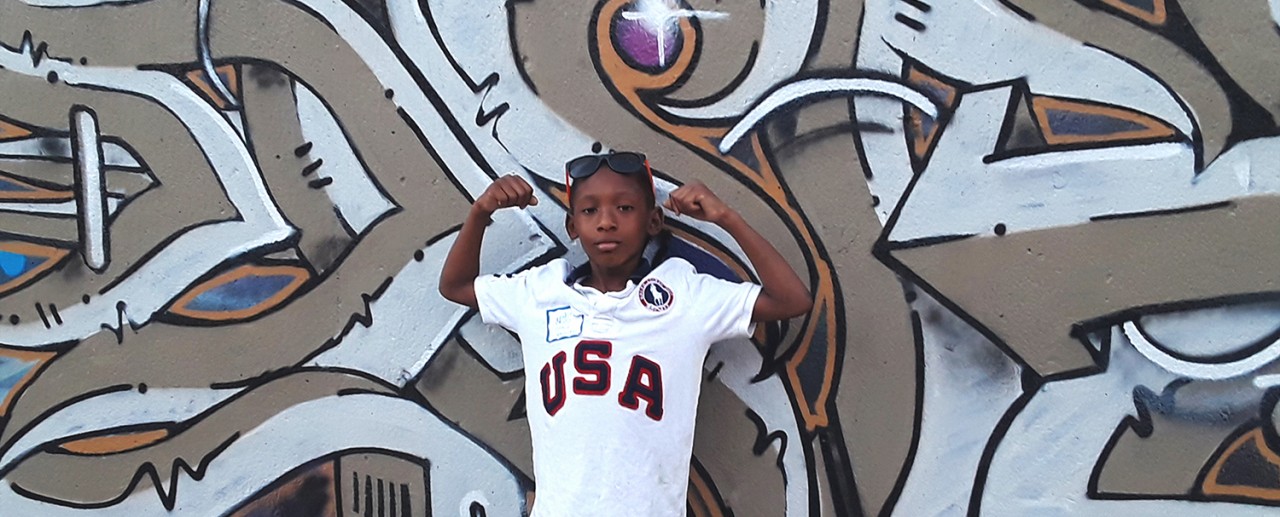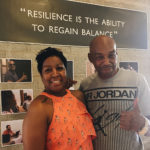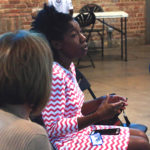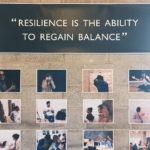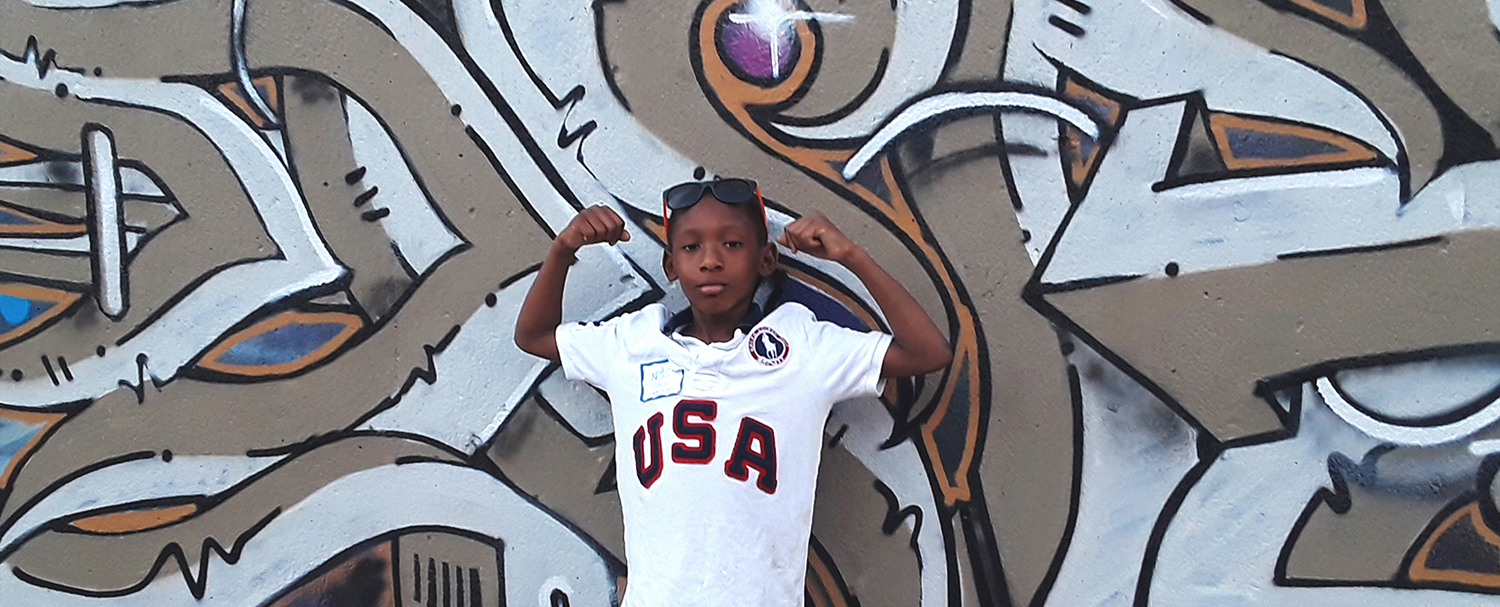
Framing the Picture
Safe & Peaceful grantee charged its participants to focus on the beauty of resilience in the face of abuse and oppression
The Chicago Torture Justice Center (CTJC), a first and (heretofore declared) only community center of its kind, seeks to offer healing and wellness resources for survivors of police torture. In its outlined history, the organization cites that it was established as a result of a historic Reparations Ordinance passed by the Chicago City Council in May 2015 — the ordinance provides redress for racially-motivated police torture that occurred between 1972-1991, a time in which more than 120 African-Americans were coerced into giving false confessions.
“The Chicago Torture Justice Center was won, basically, off the sweat and tears of torture survivors and their family members. This was the center that I fought for, and it’s the center that the city of Chicago did not want to give us through torture reparations,” explains Mark Clements, who spent 28 years in prison before being released and exonerated.
With its summer Photo Voice Workshops, CTJC, in partnership with Civic Projects, sought to provide healing for survivors of police violence by encouraging participants to photograph emblems of positivity, fortitude, and happiness in their lives and communities. The workshops were led by Clements and another police brutality survivor, La Tanya Jenifor Sublett, who encouraged participants to talk about their life experiences and explain why they felt compelled to define and document resilience through images. The program provided participants with cameras to capture their submissions.
“The news markets don’t capture the positive of this society because what they focus upon is the crime,” Clements says “I think this was a project that was very much needed, to show the good in the community, and I hope it’s extended: The African-American community needs some type of healing.”
People gathered at Experimental Station in Hyde Park to celebrate the workshops’ conclusion, “Resilience For Justice and Healing,” a showcase and exhibit that featured photos and quotes contributed by the workshop participants. Attendees ate and danced at the convening, and they were also informed about ways to support victims of police brutality and given resources, such as CTJC’s Illustrated Guide on Coping with Police Violence.
“Resilience…you can’t really define it, it’s different for each person. That’s what we learned,” Sublett says. “Resilience is different for every person because you don’t know what they’ve been through — you don’t have to ‘get it’, but every photo is something in somebody’s life that says, ‘In spite of, we make it. In spite of, we survive.'”
“While I spent two decades incarcerated I learned about the system, I learned a lot about myself, and I am free. I have nothing to complain about,”‘ she adds. “Being a part of this community, the social justice community, the ‘We’re Not Going to Take It’ community, it continues to fuel me. So I know that for such a time as this, I’m supposed to be here.”
This is a story about the Community Safety and Peace strategy of the Partnership for Safe and Peaceful Communities.
- Processed with VSCO with a6 preset
- Processed with VSCO with hb2 preset


